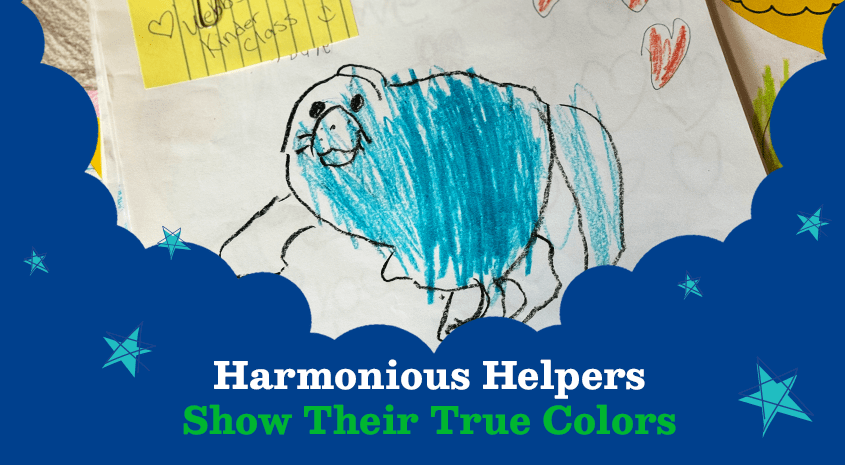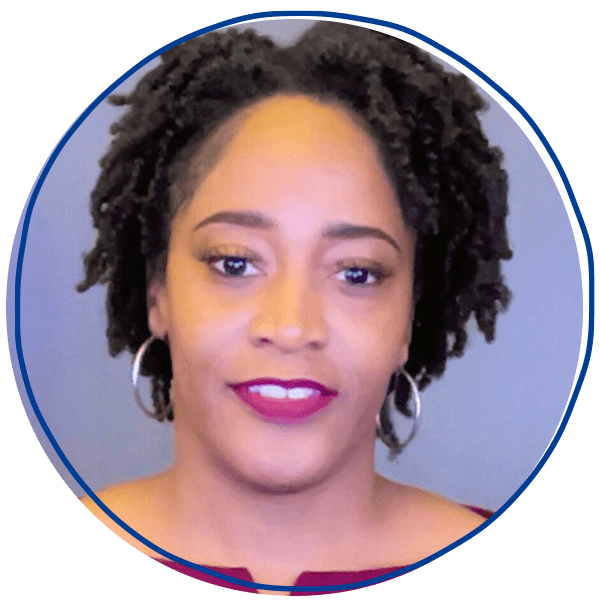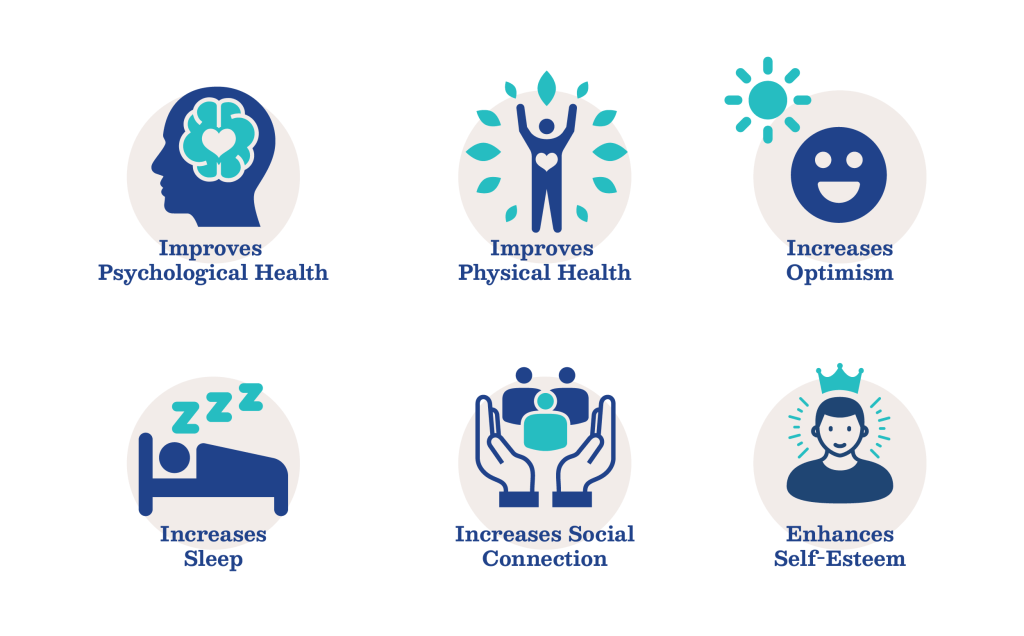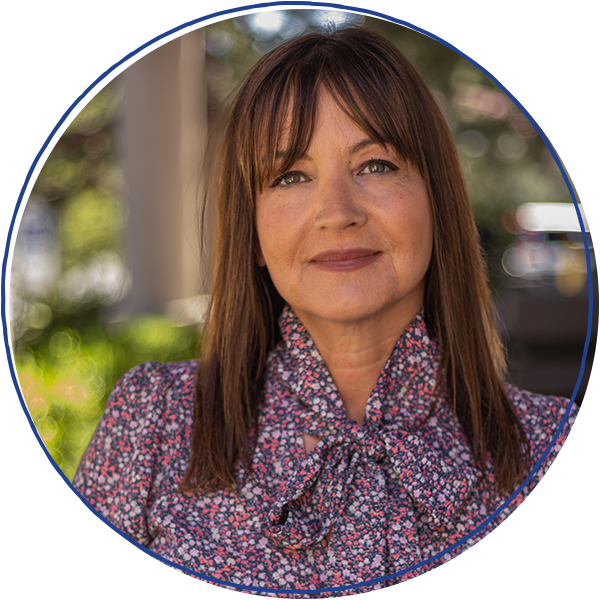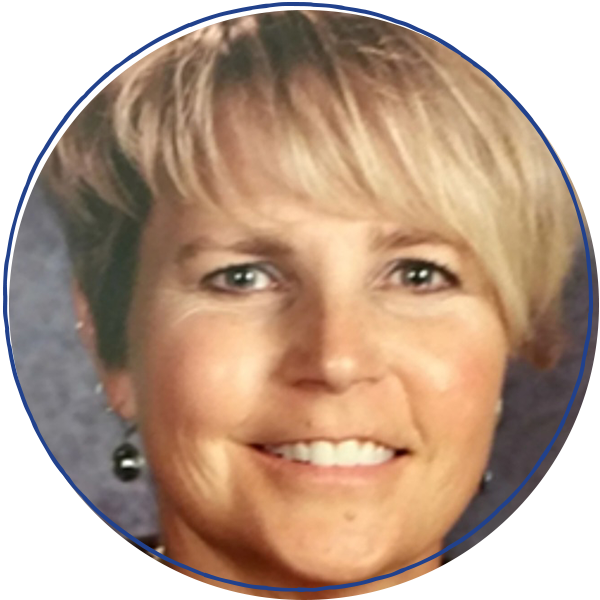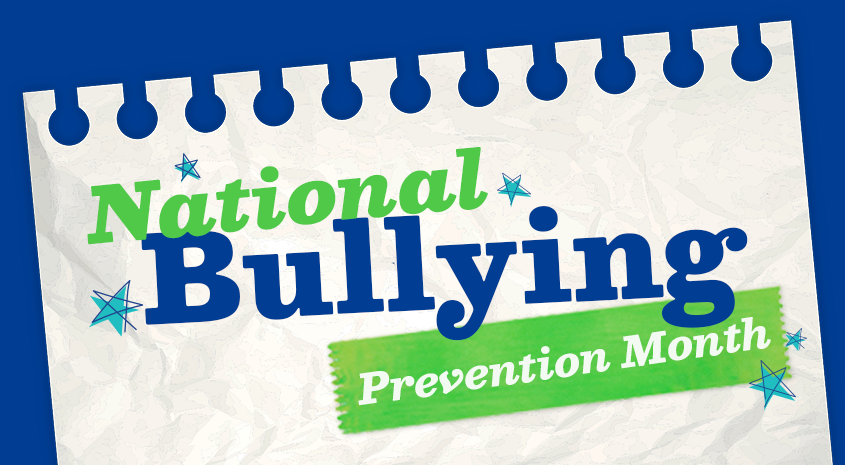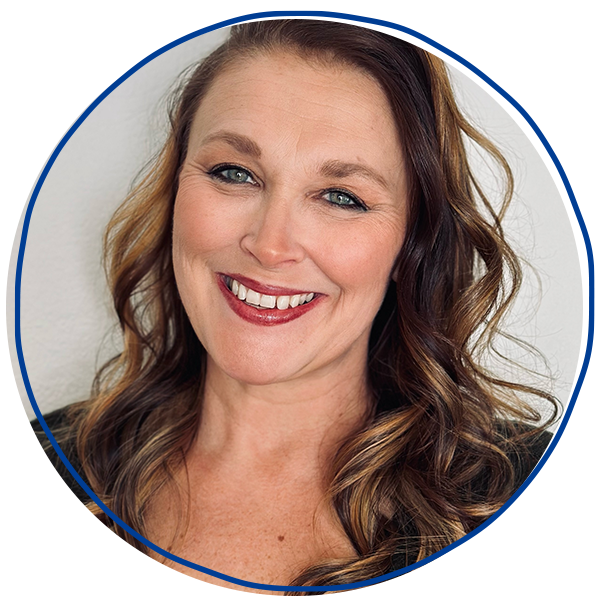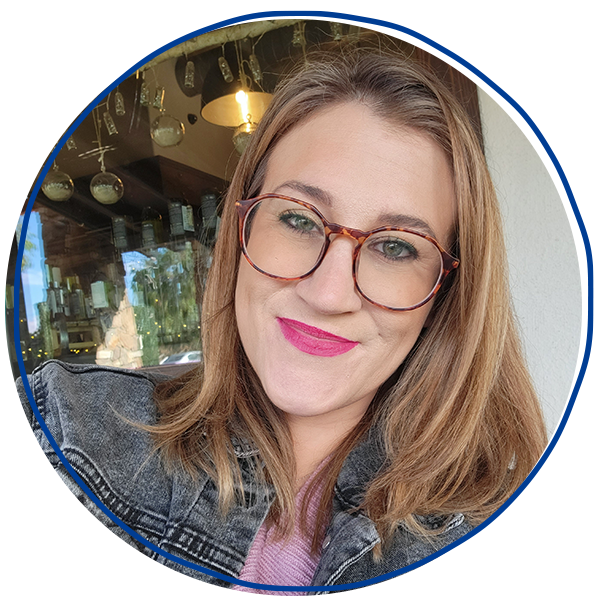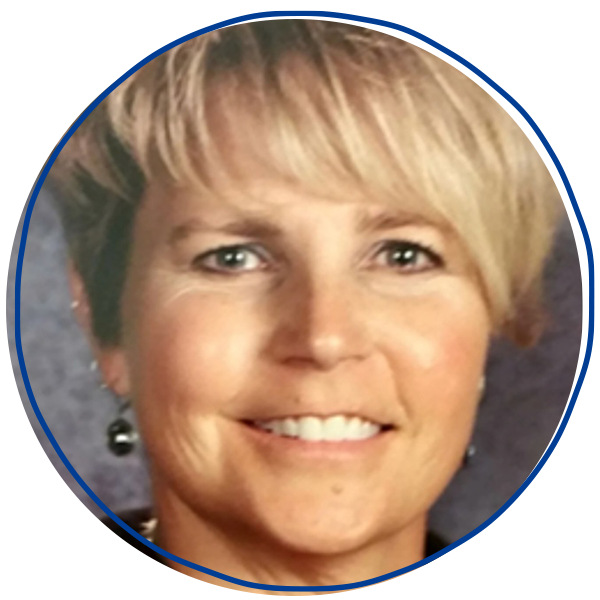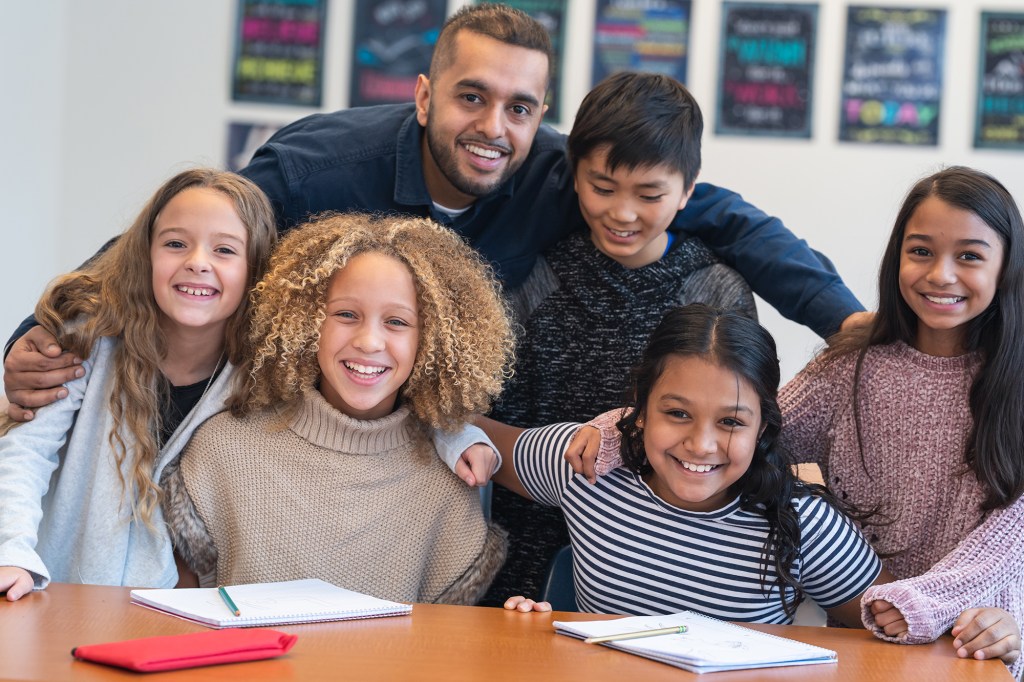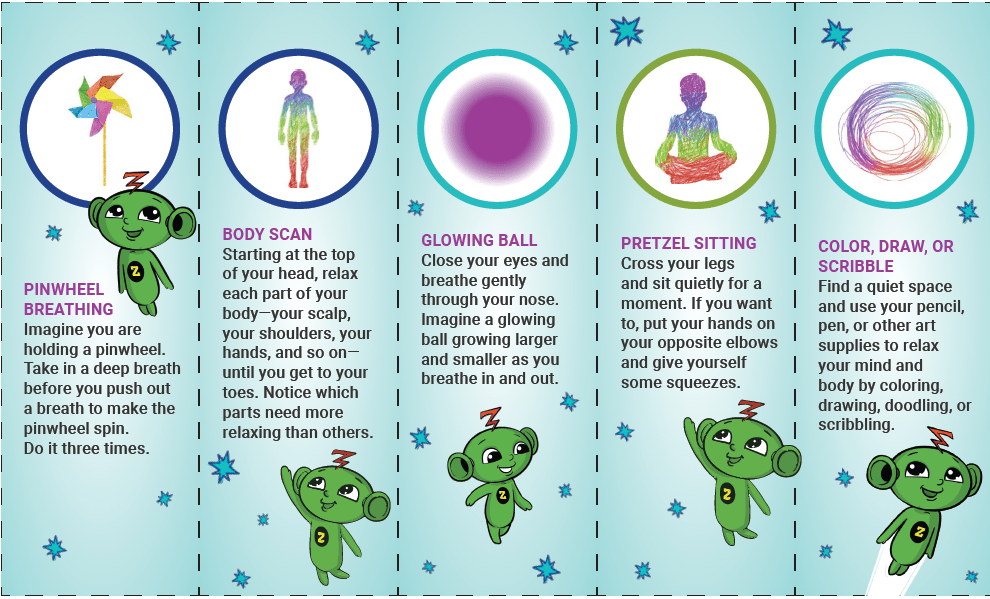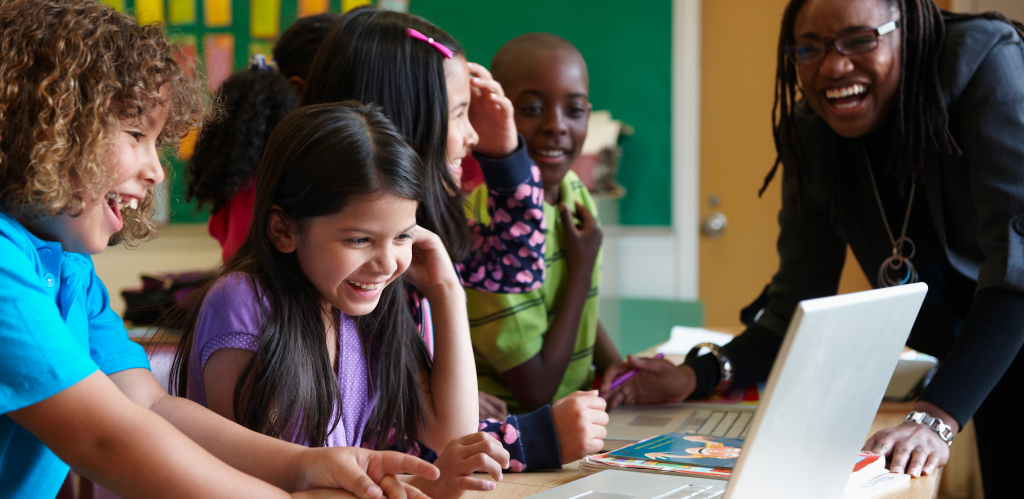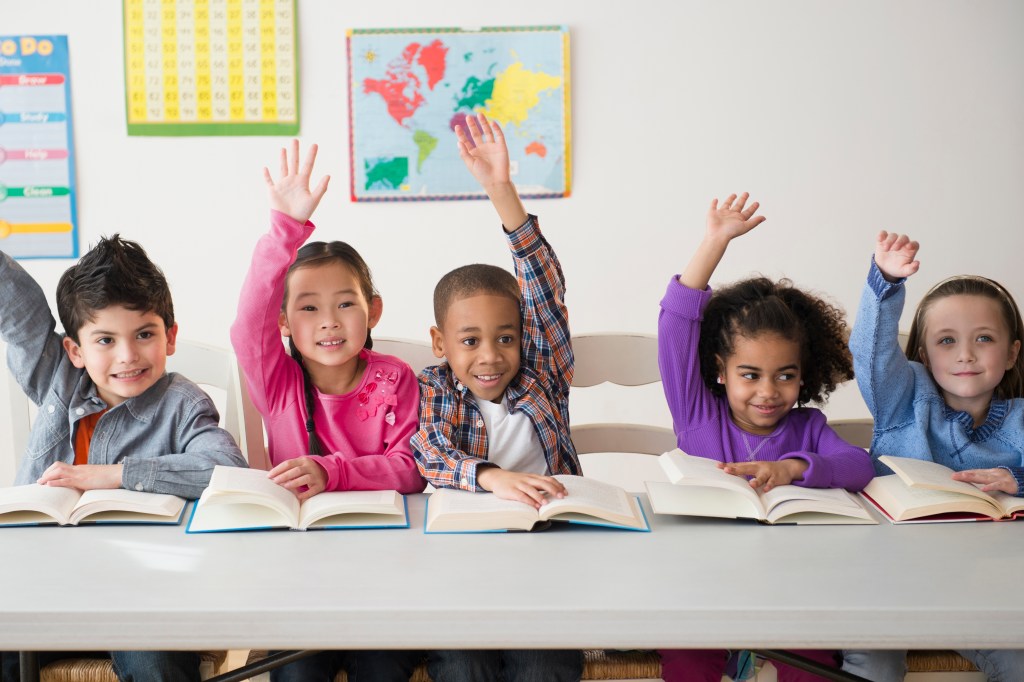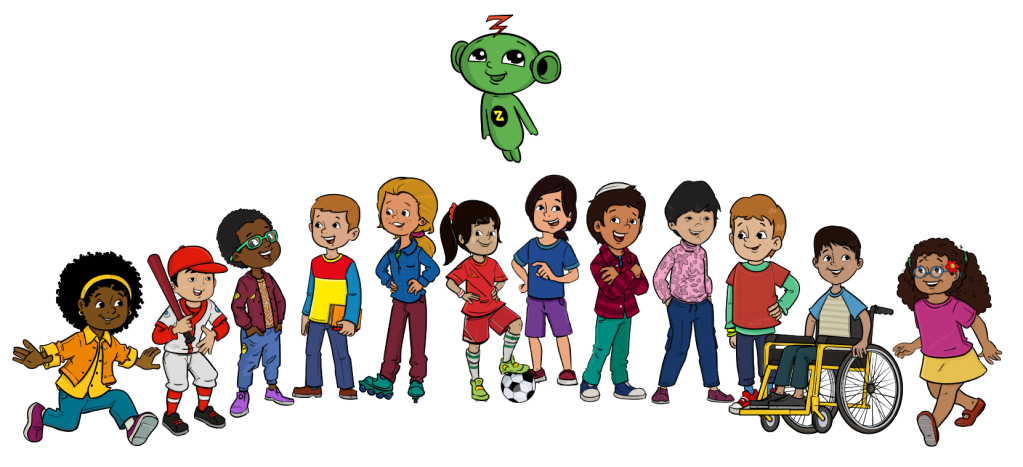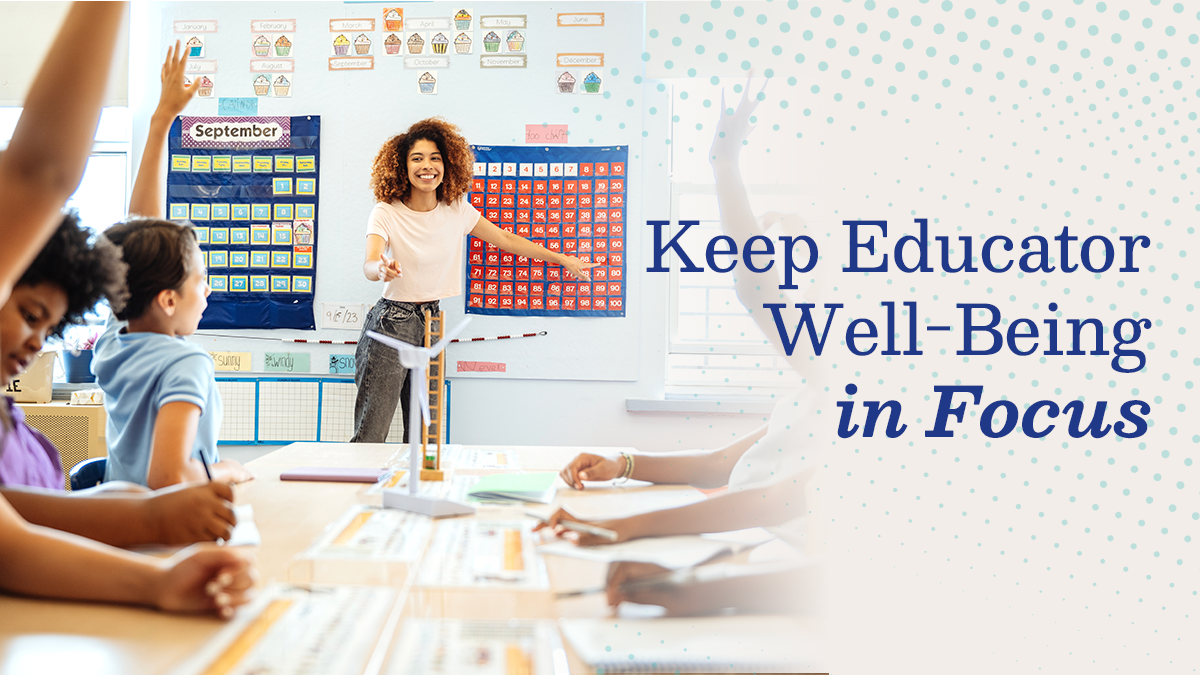
The Importance of Educator Well-Being: Moving Beyond Self-Care
As we welcome the new year, it’s the perfect time to reflect on and prioritize individual and collective well-being across our schools and communities. Teachers are the backbone of our education system, and their mental, emotional, and physical health directly impacts student success. Essentially, supporting student success begins with prioritizing the well-being of educators and leaders on school campuses nationwide.
Featured News
“It’s time for educators to see themselves as leaders, not only of their students but also of the adults who work with them. Teachers may think about the impact they have on their students, but they may fail to consider the positive influence they have on their colleagues or other adults working on campus.” – Dr. Lorea Martinez, Teaching with the HEART in Mind

A Systemic Approach to Well-Being
A new report, Moving Beyond Self-Care: Practice and Policy Conditions to Support Educator Wellbeing, explores the complex influences on educator well-being and identifies actions leaders can take to promote well-being efforts in their communities. This comprehensive resource includes examples and lessons learned from communities working to improve educator well-being. It also identifies practices and policies schools can adopt to create environments where educators feel valued, connected, and supported.
Framework of Educator Well-Being
According to Yoder, Hollingsworth, and Krohn (2024), educator well-being is a multi-dimensional construct that encompasses cognitive, subjective, physical, and social factors. These dimensions interact dynamically, and they are influenced by both individual circumstances and workplace conditions. Recognizing these interconnected factors is essential for creating effective strategies to enhance well-being.
The report defines each dimension, highlights several ways to support this dynamic situation, and outlines where educator well-being can be influenced and improved.

Key components of educator well-being include:
- Cognitive Well-Being: Educators’ ability to process and manage their workload effectively.
- Subjective Well-Being: Personal satisfaction and a sense of purpose in their roles.
- Physical Well-Being: The physical health and energy levels required to perform daily tasks.
- Social Well-Being: Meaningful connections with colleagues, students, and the wider school community.
These dimensions highlight that educator well-being is not a static state but a dynamic interplay of individual and environmental factors.
Here are three ways schools leaders can support educators’ collective well-being:
- Establish Positive Working Conditions: Ensure educators have a voice and agency in their job, which will contribute to a sense of pride and belonging as they connect with others in meaningful ways.
- Facilitate Mindfulness Practices: Create multiple opportunities for educators to engage in mindfulness activities, such as reflective journaling or meditation, to align with their aspirations and purpose (Montoya & Summers, 2021).
- Promote Self-Reflection: Provide time for educators to determine if and how their behaviors and actions align with their teaching and learning beliefs.
Teachers and school leaders can enhance educator well-being with the following Harmony resources:
- Harmony Professional Learning: Our library of over 85, no-cost and on-demand modules for educators offer strategies to support teaching practices and authentic reflection. Coping with Teacher Stress and Self-Compassion and Emotion Regulation for Educators are highly- rated modules teachers access frequently for ideas to support their own well-being.
- Harmony Mindful Minute: A resource for students and teachers to embed mindfulness activities seamlessly into daily routines in short time periods.
- Harmony Plus: Tap into our new Teacher and Leader certificate programs that emphasize well-being. Plus, our new, ready-to-use Harmony PowerPoints reduce teacher preparation time and increase student engagement!
Supporting educator well-being is not just a moral imperative — it is a strategic necessity for fostering successful schools and communities. Moving beyond self-care to embrace systemic and collective approaches can empower educators, enhance their leadership roles, and create environments where everyone — teachers, students, and administrators — can thrive.
Let’s commit to making educator well-being a cornerstone of our educational priorities in the new year and beyond!
Join Our Upcoming Webinar!

Dive deeper into ways you can implement a systemic approach to support well-being for educators across all communities. Hear from our inspiring award-winning panelists who know what it takes to make this happen. Join live to learn how you can win a copy of Teaching with the HEART in Mind which shares more ideas for collective well-being!
Citations:
- Martinez, L. (2021). Teaching with the HEART in Mind: A Complete Educator’s Guide to Social Emotional Learning. Brisca Publishing.
- Montoya, A. L., & Summers, L. L. (2021). 8 Dimensions of Wellness for Educators. The Learning Professional, 42(1), 49–62. Retrieved from https://learningforward.org/journal/looking-ahead/8-dimensions-of-wellnessfor-educators/
- Yoder, N., Hollingsworth, C., & Krohn, C. (2024). Moving Beyond Self-Care: Practice and Policy Conditions to Support Educator Wellbeing. Washington, D. C. Council of Chief State School Officers.
